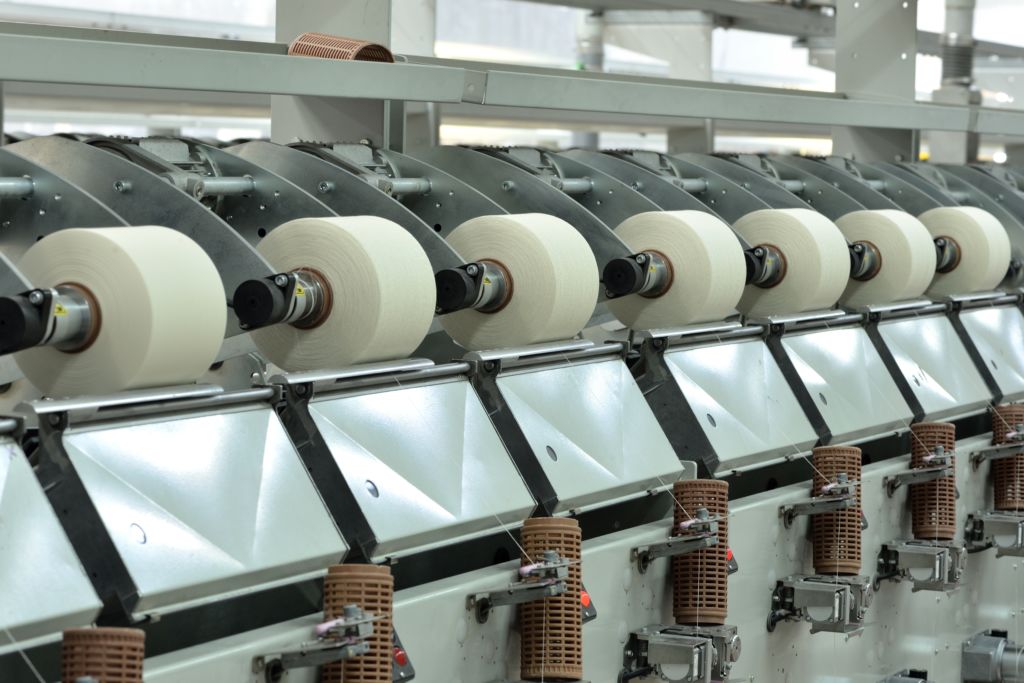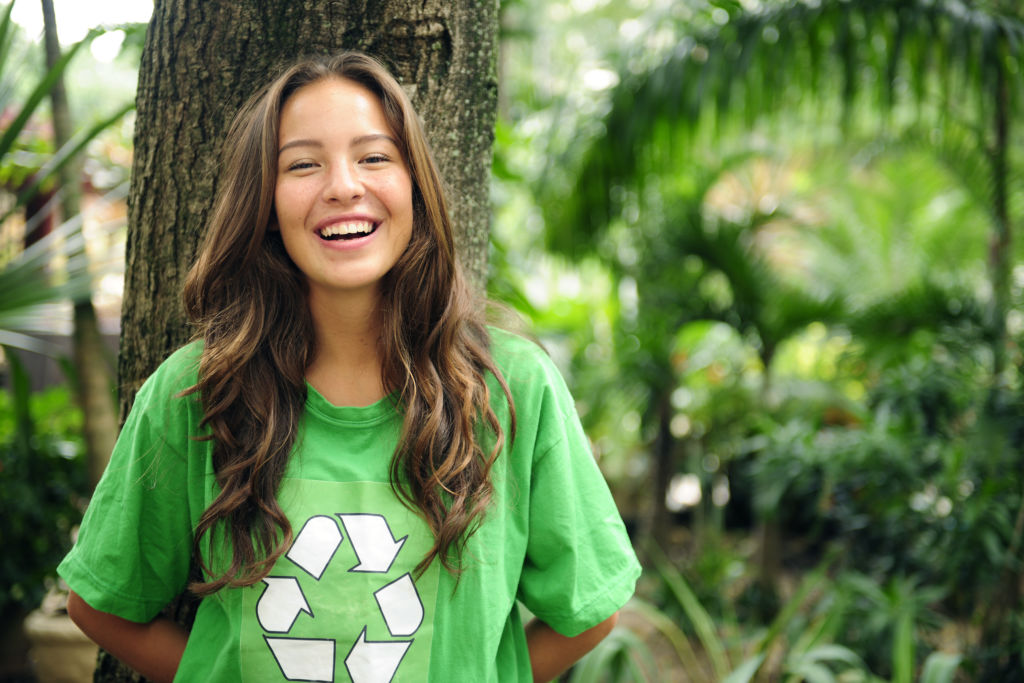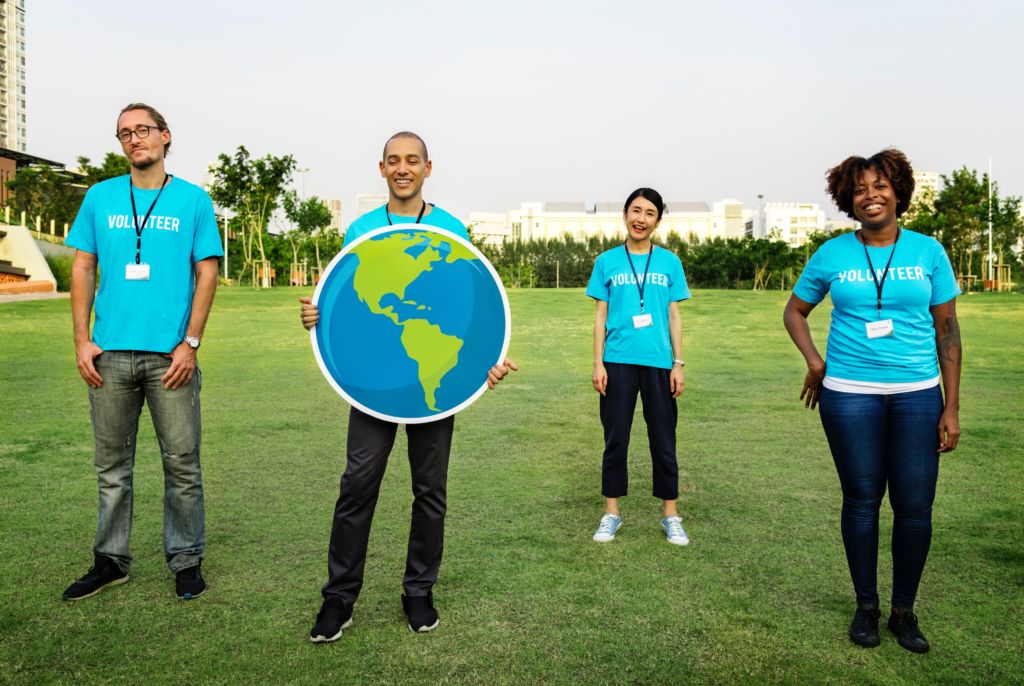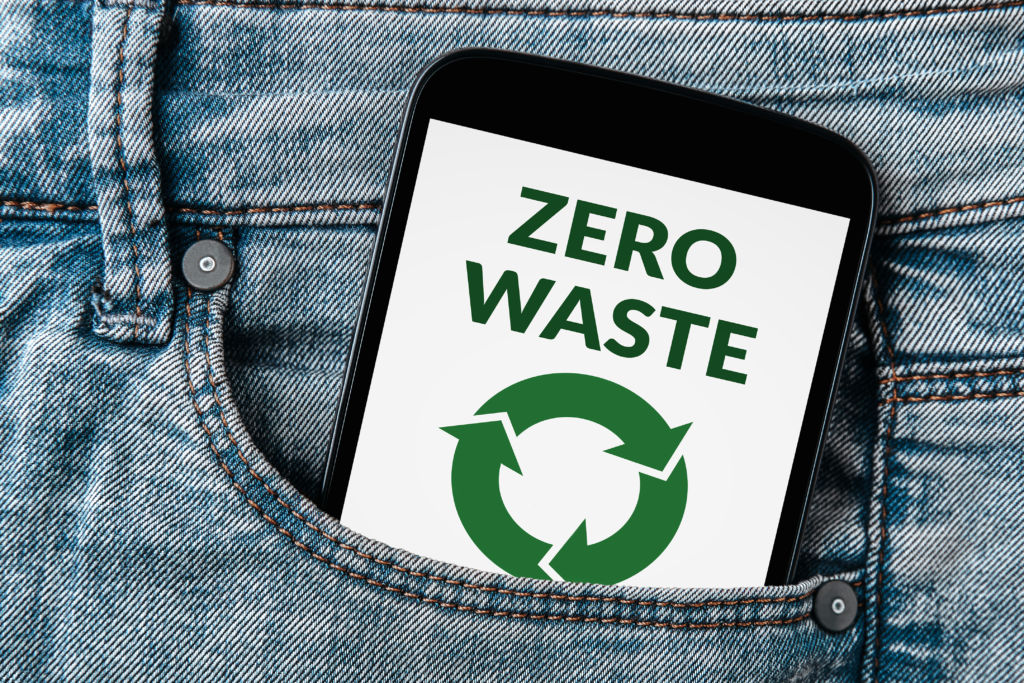
This is the fifth article in a series of five. I consider it essential to read the first four articles to know in depth the 2020 Commitment of fashion industry leaders on their way to circular fashion and the four tool boxes that the Global Fashion Agenda has created and made available to signatories to help them achieve the goals they have set.
Commitment to the 2020 Circular Fashion System | Circular Fashion is circular design | Circular Fashion is collection of used garments
In this article we will analyze toolbox number four and in the link at the end you will be able to download the complete content. I hope that you find this information interesting, valuable and that you take part in this process towards the circularity of fashion.
Tool Box #4: Textile Recycling.
This toolbox is a learning element designed to support fashion brands and retailers who wish to increase the proportion of post-consumer recycled textile fibers in the production of their styles and collections. In this toolbox, textile recycling refers only to the recycling of post-consumer garments and footwear into new fibers to be used again in the production of a new item of clothing or footwear.
How to find out about the current state of textile recycling?
The reuse of products at the end of their life-cycle is crucial to becoming circular and can be done by extending the life of a product or by recycling it. The extent of a product’s lifecycle includes repair, reuse, resale and remanufacturing and it is preferable to recycling from an environmental perspective.
Recycling includes disassembly of the original item or shredding and then regeneration into new yarn, which requires a high level of integration throughout the value chain and is based on technological developments. Recycling of textiles is increasingly necessary to address problems related to textile waste and the depletion of natural resources.
However, it is still in its initial phase, therefore establishing a support system is vital to make recycling financially, technically and logistically viable and also as a means to increase the proportion of garments made from post-consumer recycled textile fibers.
Key learnings.
-
Recycling applies to worn clothing with no reuse value.
-
Key inhibitors for textile recycling include lack of technology, scarcity of support systems, difficulties in restoring fiber quality and integrating recycled fibers into garments without compromising the final quality of the new product.
-
The demand and supply in the market for post-consumer recycled textiles must increase for the process to become relevant and successful.
-
Companies should consider both product return and design phase to increase the amount of garments made from post-consumer recycled textile fibers.
Recycling practices.
Successful recovery of materials requires chemical or mechanical recycling, with the application of different recycling processes according to the various materials. Today, many garments are made of a combination of synthetic and natural fibers, which requires different recycling methods and this is a real technical challenge.
Chemical recycling involves materials that go through a certain chemical process to produce new filaments that will be transformed into new yarns and fabrics ready for the production of a new article. Mechanical recycling involves mechanically cutting and shredding fabrics to deconstruct them into reusable fibers and materials.
Steps of recycling.
-
Recollection (see Toolbox: Recollection of used garments).
-
Sorting based on material, color, structure.
-
Disassembly, shredding, dissolution.
-
Reprocessing, quality restoration, regeneration.
-
Integration into the future supply chain.
Recycling news.
The integration of recycled textiles can justify its growth by the current loss of USD 100 billion in wasted materials.
- Natural fibers such as wool and cotton can be mechanically recycled, but the process reduces the length and quality of the fibers, which is why the addition of virgin fibers serves as a supplement. Currently, it is possible to include up to 40% recycled materials in jeans while maintaining the final quality of the new pieces.
- Polyester can be completely reused through chemical recycling.
- Less than 1% of the material used to produce clothing is recycled into new items.
Challenges facing the recycling market
The low level of supply currently limits the integration of post-consumer recycled textile fibers into manufacturing, so it is important to invest in technologies and logistics that can increase the supply of recycled fibers.
Technological challenges in post-consumer textile processing.
At present, the technology is not yet sufficiently developed to support the recycling of textiles on a commercial scale. This means that post-consumer textile recycling cannot currently meet the requirements of speed, quality and financial viability. Some of the existing technological challenges include separating materials, restoring quality, and handling contaminants found in clothing. In addition, there is a need to increase investments in technology, research, logistics, and the development of knowledge and skills.
Systemic challenges.
While it is crucial to develop technology to enable recycling, the accompanying system must also be at an optimal point of development. For the time being, the complexity of the supply chain and the lack of transparency represent one of the challenges to build this system substantially and completely. This is further hampered by the presence of multiple decision-makers for each product, not to mention the dissociation between designers and recyclers.
In addition, there is a lack of regulation and a tax system that promotes recycling. When analyzing these challenges it becomes clear that the business case for textile recycling and the supply of post-consumer recycled textile fibers is not yet financially viable.
Action points to improve the market from textile to textile.
-
Creating the supply chain.
-
Initiating, continuing or expanding the collection of used garments (see Toolbox: Collection of used garments).
-
Partnerships with recyclers.
-
Investing in technological developments for sorting and recycling.
-
Creating control over material flows.
-
Generating demand
-
Integrating post-consumer recycled textile fibers as materials in the design phase.
-
Increasing the amount of recycled fibers in the assembly of each collection.
-
Creating awareness among consumers about the importance of their role in the process of returning garments for recycling.
-
Showing commitment to the use of recycled components.
-
Engaging with policy makers to generate the necessary incentives for the use of post-consumer recycled textile fibers.
“There are several recurring challenges to textile recycling, including: post-consumer materials to be recycled are in the consumer market and not in the countries of origin, those who manufacture them; processing costs make the process currently unprofitable and do not ensure that post-consumer and recycled materials can maintain an acceptable level of quality. Edwin Keh, CEO HKRITA.
Evolution of textile recycling.
- H&M, HKRITA, Ehime University and Shinshu University have obtained promising results on how to separate cotton/polyester blends from fibers without causing any secondary contamination.
- Worn Again has developed a textile recycling technology – Textile to textile – that can separate and recover polyester and cotton from low-value discarded clothing to produce polyester and cellulose raw materials that are equivalent to the costs of the original virgin materials.
- Mistra Future Fashion has developed a method for separating cotton/polyester blends as part of the Blend Re:wind project.
- Re:newcell has found a way to recycle cellulose textile waste into a pulp that can then be converted into high quality textile fibers.
Evolution of inspirational cases in recycling.
Fibersort – Fuente automatizada para mejorar el reciclaje.
Fibersort Proyect, which started in 2016, is a consortium led by Circle Economy, working with the following project partners: Smart Fibersorting, Valvan Baling Systems, Salvation Army ReShare, Worn Again y Procotex.
Fibersort is a machine that automatically sorts finished textile products by fiber type. The purpose of this process is to create high-precision input materials for high-value recycling processes. High value recycling includes textile-to-textile processes that use mechanical or chemical means to transform excess textiles into raw materials, such as the dissolution of pulp and fibers to generate new fabrics.
Fibersort addresses a key issue, a bottleneck, in the creation of a circular system by very precisely sorting post-consumer textiles into raw materials for subsequent high-value recycling processes.
Fibersort uses infrared spectroscopy to detect fibers in textiles. From March 2018, the machine is programmed to identify the 14 different types of materials most frequently used in post-consumer textile recycling: wool, cotton, viscose, polyester, nylon, wool blends and polyester/cotton blends, among others. The machine’s detection capabilities will be expanded between now and the end of the Fibersort project, at which time the machine is expected to enable brands and retailers to obtain recycled textiles made with post-consumer components.
Re:newcell – Development in textile recycling.
In 2017, the first Re:newcell demonstration plant was opened in Kristinehamn, Sweden. The purpose of the plant is to close the loop in the textile value chain by recycling cotton and viscose.
The plant crushes pre and post-consumer cellulosic textile waste, converting it into a suspension and separating contaminants and other non-cellulosic contents. The slurry is converted into Re:newcell pulp, which is a higher quality dissolving pulp than the virgin alternative and can be added in the production of new man-made cellulosic fibers, yarns and textiles. The plant has the capacity to produce 7,000 tons of Re:newcell pulp each year.
As a new initiative, the goal is to expand recycling practices for clothing companies. Re:newcell offers a pre and post-consumer textile waste recycling service and also supplies recycled raw material to the current supply chain. These services, combined, provide an opportunity for companies to create a closed flow of materials.
Download the Circular Fashion System Commitment’s “GFA Textile Recycling Toolbox” report here
Click here to Log in / Register














































